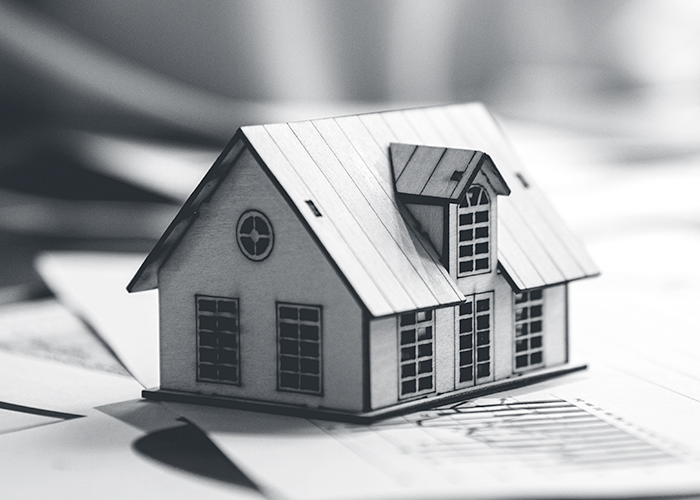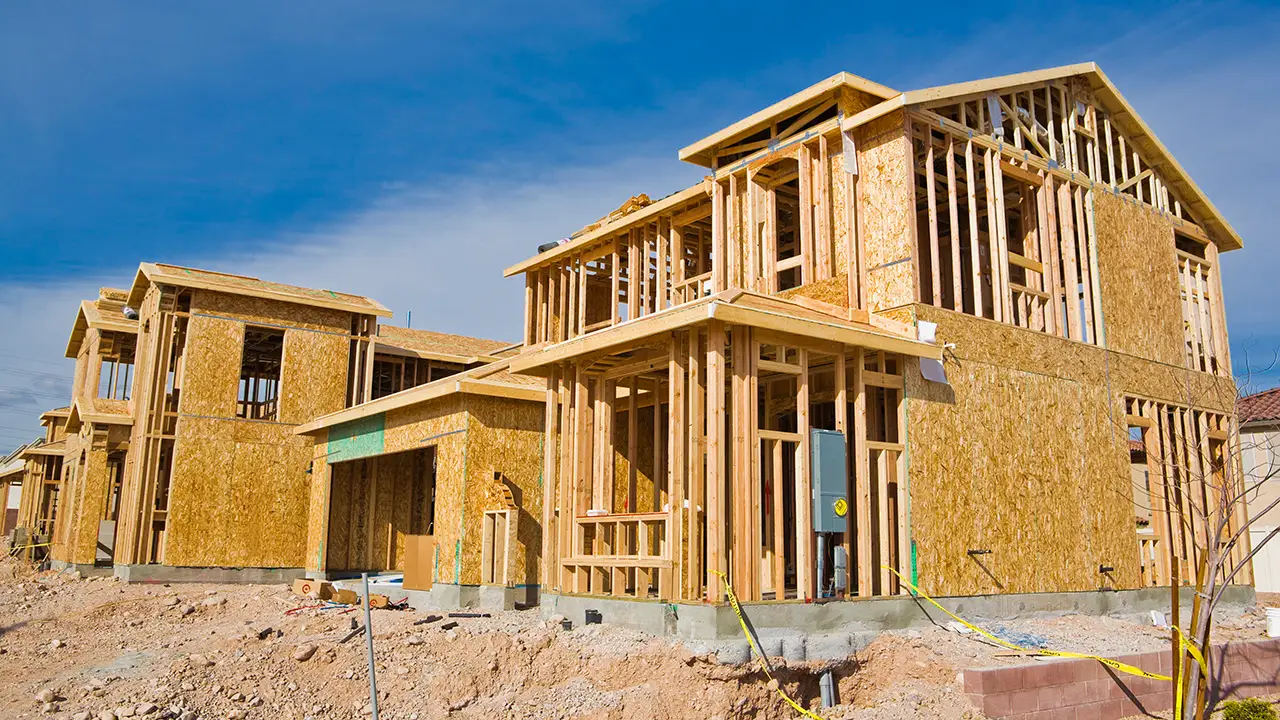Premier Carmel Indiana General Contractor for Top Quality Construction Solutions
Premier Carmel Indiana General Contractor for Top Quality Construction Solutions
Blog Article
How a General Professional Can Change Your Common Locations Into Practical Areas
The transformation of common areas right into useful spaces is a nuanced process that requires a general specialist's knowledge in analyzing details area demands and designing tailored services. By considering factors such as design, access, and visual charm, a service provider can develop environments that not only offer useful objectives but also foster area involvement. Via reliable job management and adherence to quality criteria, these improvements can considerably enhance customer experience. Yet, the complexities entailed in stabilizing design and capability elevate important inquiries regarding best methods and possible obstacles that advantage further expedition.
Assessing Current Common Location Demands
When assessing usual locations, it is important to determine and recognize the particular requirements of the neighborhood they serve. This procedure begins with an extensive assessment of present usage patterns, which entails event data on foot web traffic, optimal use times, and activities taking area within these spaces. Engaging with community members via studies or conferences can give important insights into their preferences and difficulties.
Following, it is essential to consider the demographic composition of the community, including age, way of life, and any type of special requirements that might influence just how these rooms are made use of. Family members with young youngsters might need play areas, while older adults may prioritize accessibility features.
Additionally, assessing the existing infrastructure and features is important. Determining locations that are underutilized or in requirement of repair work can inform possible improvements. Collaborating with stakeholders, such as residential property managers and local companies, guarantees that the evaluation shows an extensive understanding of the community's requirements.
Eventually, a precise analysis of present typical area needs lays the groundwork for reliable improvements, enabling the creation of rooms that foster engagement and boost the general lifestyle within the area.
Designing for Capability and Aesthetics
A detailed understanding of community needs establishes the phase for efficient design that balances capability and looks in typical locations. Effective layout requires a thoughtful technique that considers both the functional uses the room and the visual charm that boosts the atmosphere.
Useful style entails producing areas that satisfy the certain activities and interactions of the community. This could include versatile seating plans for celebrations, accessible paths for people with mobility difficulties, or designated locations for recreational activities. Each aspect needs to offer an objective while ensuring simplicity of activity and convenience for individuals.
Looks play a vital role in cultivating an inviting atmosphere. The choice of colors, products, and lighting can considerably affect the understanding of a space. Integrating natural environments, such as plant or water functions, can improve the setting and develop a comforting setting. In addition, aligning the design with the area's social identification can foster a sense of belonging and pride.
Budgeting and Source Allocation
Efficient budgeting and resource appropriation are crucial components in the effective improvement of common areas. A distinct spending plan lays out the financial criteria within which the task should operate, ensuring that costs are controlled and resources are properly made use of. This begins with a thorough analysis of task demands, including style elements, materials, and Click This Link labor.

A basic specialist plays a critical function in this phase, working together with stakeholders to establish reasonable budget estimates that align with the intended vision. By focusing on vital attributes and checking out affordable options, the specialist can maximize spending without endangering high quality.
Source allowance involves strategically appointing workers, tools, and products to different phases of the task (Bathroom Remodeling Indiana). This requires careful preparation to stay clear of delays and ensure that each element is provided promptly. Furthermore, normal tracking of expenditures versus the budget plan helps to recognize possible overruns early, enabling for timely modifications
Taking Care Of Building Refine Efficiently
Managing the building and construction procedure effectively is crucial for achieving prompt job conclusion and keeping budget plan honesty. A well-coordinated method entails careful preparation, clear interaction, and reliable resource monitoring. General specialists should develop a comprehensive project timeline that details each stage of building and construction, permitting for the recognition of essential landmarks and prospective bottlenecks.
Routine progress conferences are critical for keeping all stakeholders notified and straightened. These meetings facilitate the prompt resolution of issues, making certain that the task remains on track. In addition, making use of task monitoring software program can improve interaction, track progress, and manage documentation, lowering the likelihood of hold-ups and misconceptions.
Effective source allowance is also extremely important. By guaranteeing that products, labor, and equipment are offered when required, general specialists can prevent pricey disturbances. Carrying out an aggressive approach to take the chance of monitoring additional boosts efficiency, as it allows for the identification and reduction of prospective obstacles before they escalate.

Guaranteeing Conformity and Top Quality Specifications
Conformity and high quality standards are basic to the success of any kind of building project, ensuring that the ended up areas not only fulfill client assumptions yet additionally follow regulatory needs. A general contractor plays a pivotal role in applying these requirements throughout explanation the building procedure.
First, it is crucial for the contractor to remain upgraded on regional building codes, safety laws, and market ideal methods. This expertise allows them to assist design choices and product selections that straighten with conformity criteria. Normal examinations and high quality evaluations throughout the construction stage aid to recognize prospective problems early, mitigating expensive delays and revamp.
In addition, a respectable basic contractor cultivates a culture of quality among subcontractors and workers. This can be accomplished by providing training on compliance protocols and carrying out rigorous top quality control actions. By establishing clear communication channels, the service provider can guarantee that everyone entailed understands Find Out More their duties pertaining to conformity and top quality.
Conclusion
Finally, the role of a general specialist in changing typical areas into useful spaces is critical. Through an extensive analysis of area requirements, thoughtful style, meticulous budgeting, and efficient task monitoring, these experts can produce environments that boost use and visual appeal. Adherence to compliance and top quality requirements better makes sure that renewed rooms not only fulfill the assumptions of stakeholders but also foster interaction and enrich the total experience for all individuals within the area.
The transformation of typical areas right into useful rooms is a nuanced procedure that requires a basic contractor's expertise in analyzing specific neighborhood demands and creating tailored options. By thinking about factors such as layout, ease of access, and aesthetic allure, a professional can produce atmospheres that not only serve sensible functions yet also foster area involvement. General professionals must establish a comprehensive project timeline that lays out each phase of construction, allowing for the recognition of important turning points and prospective traffic jams.

Report this page